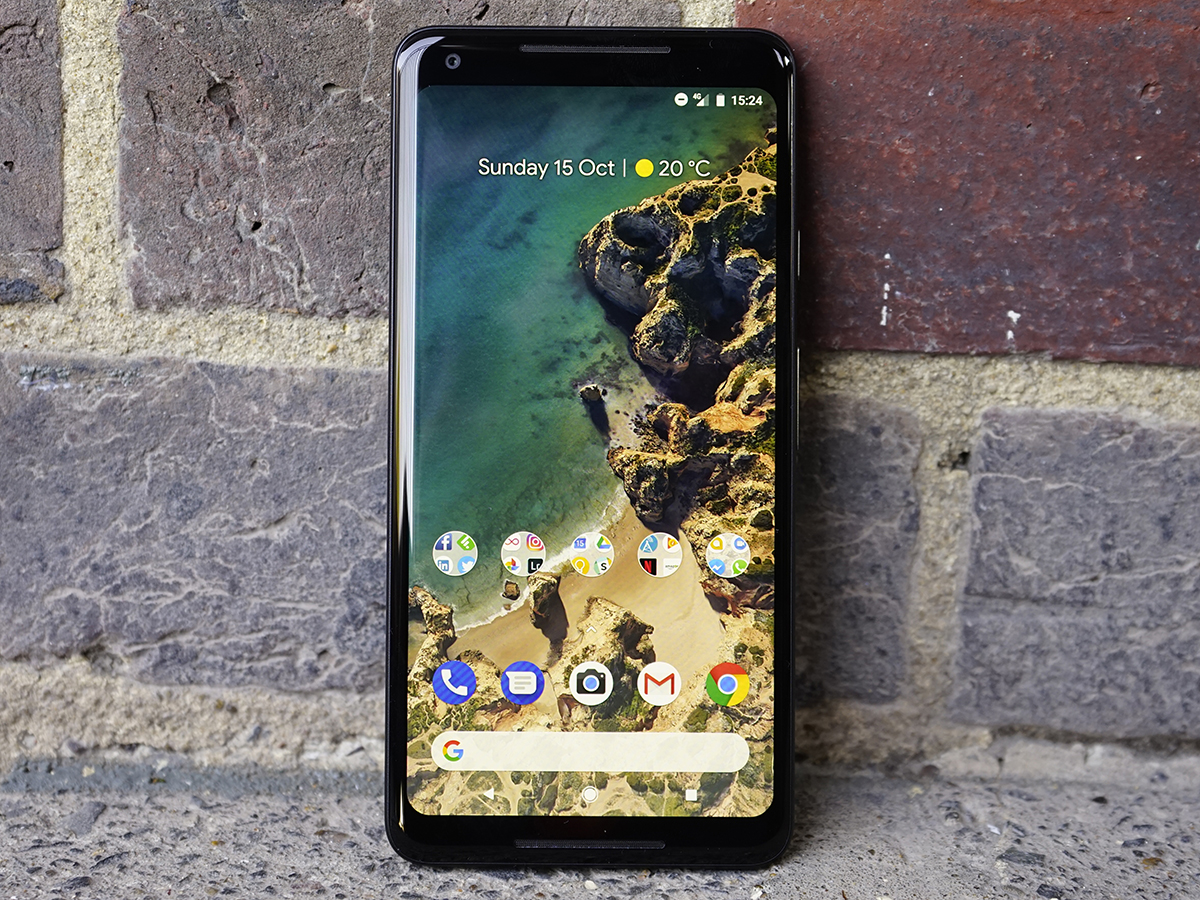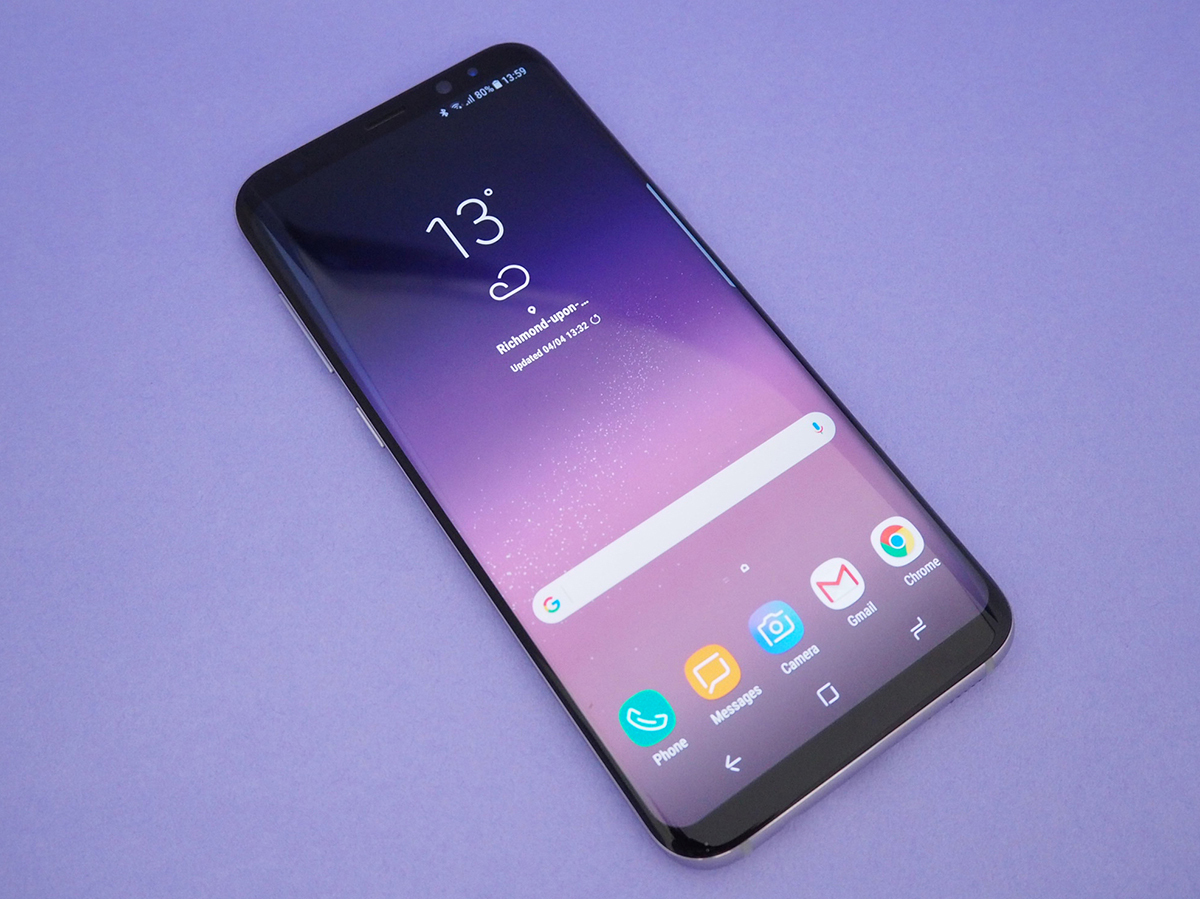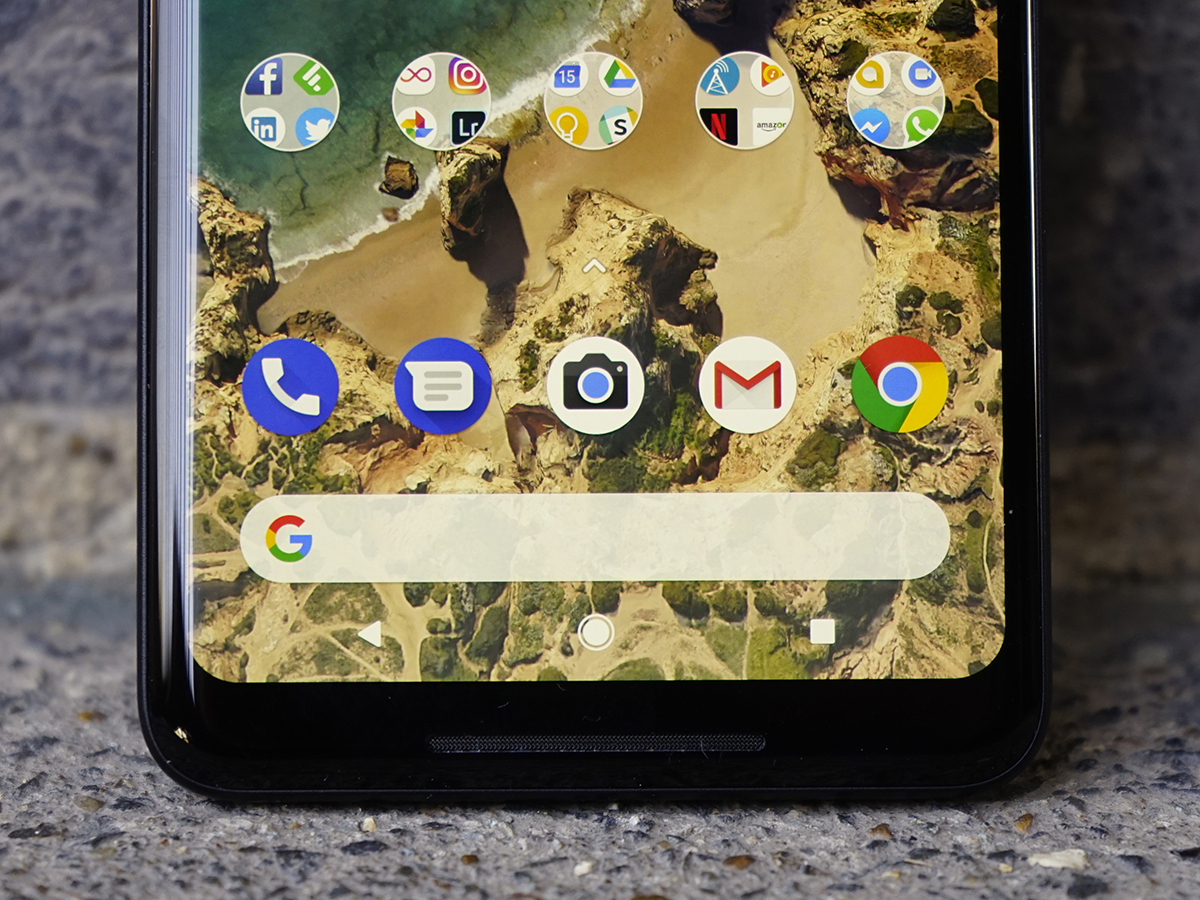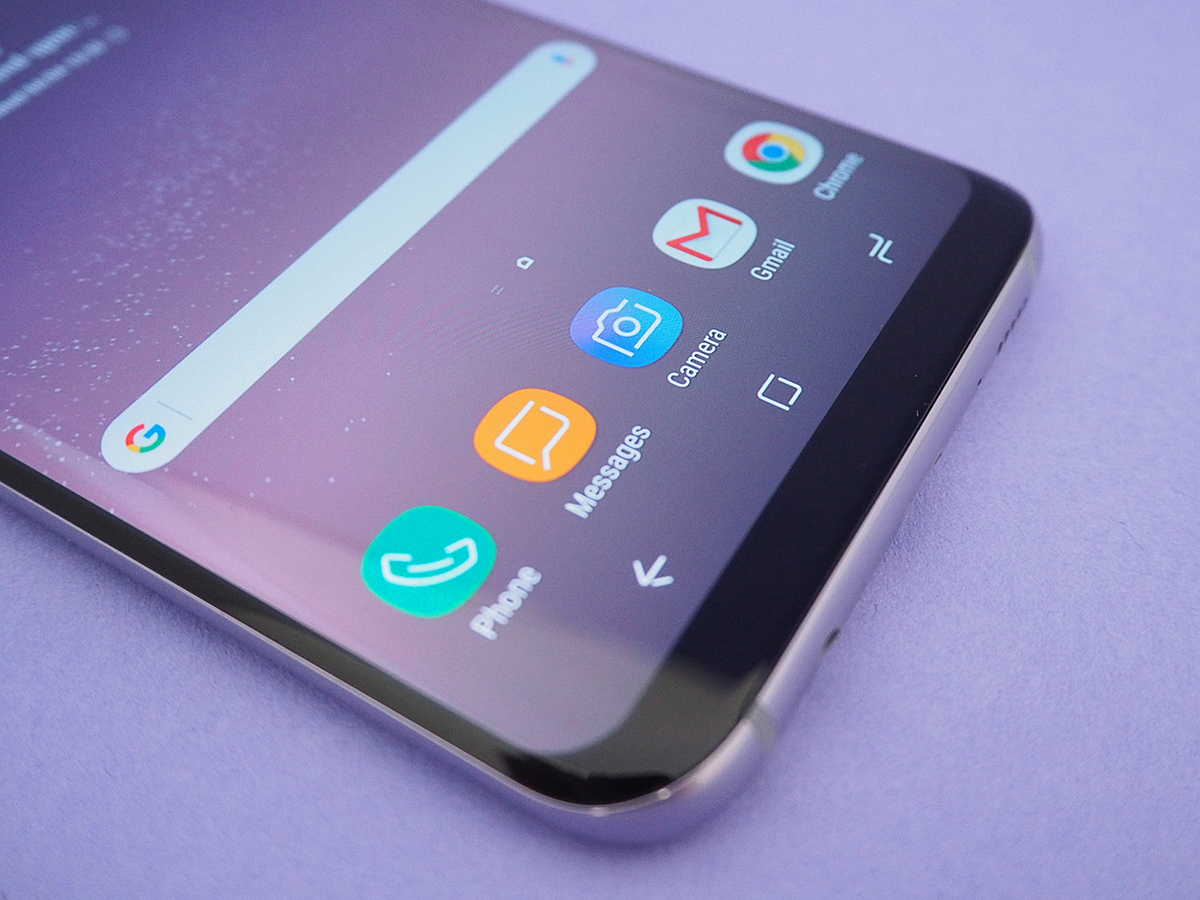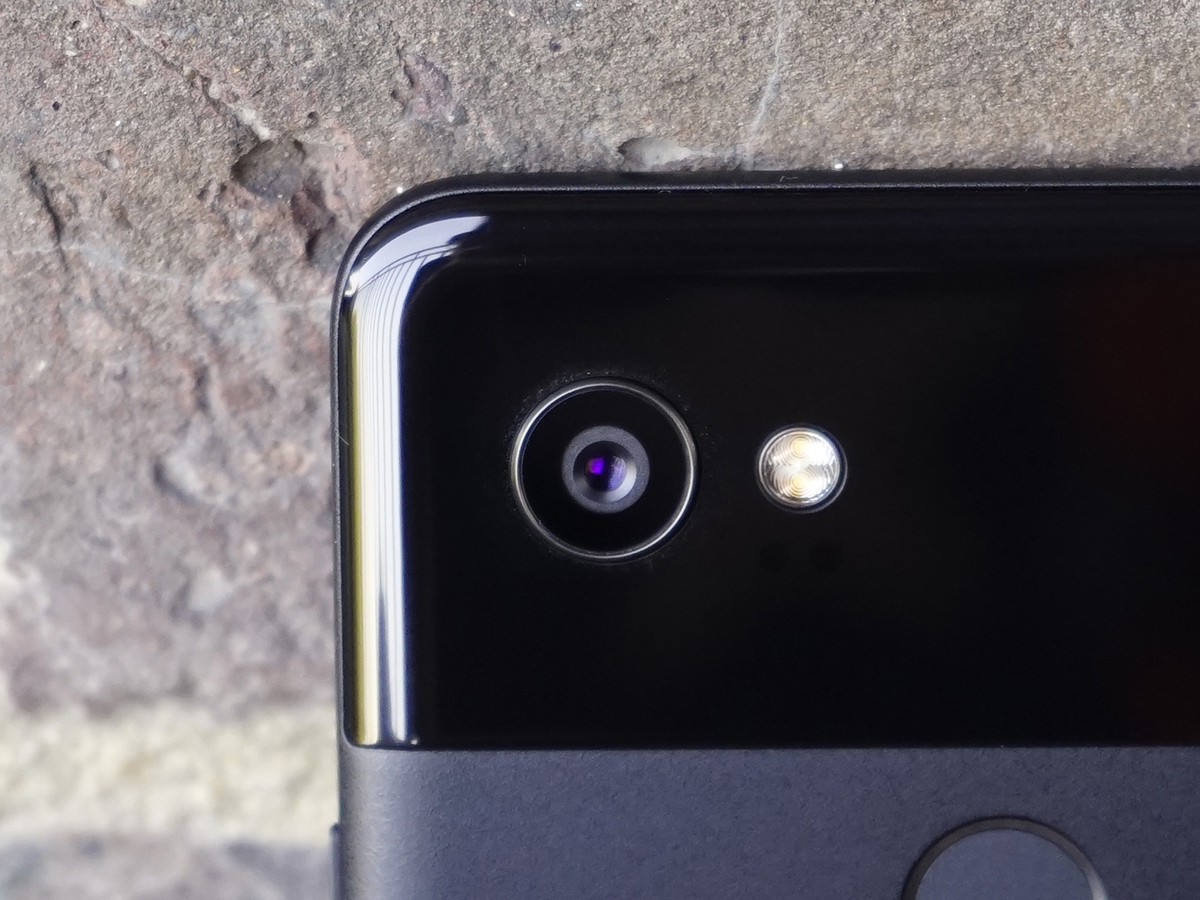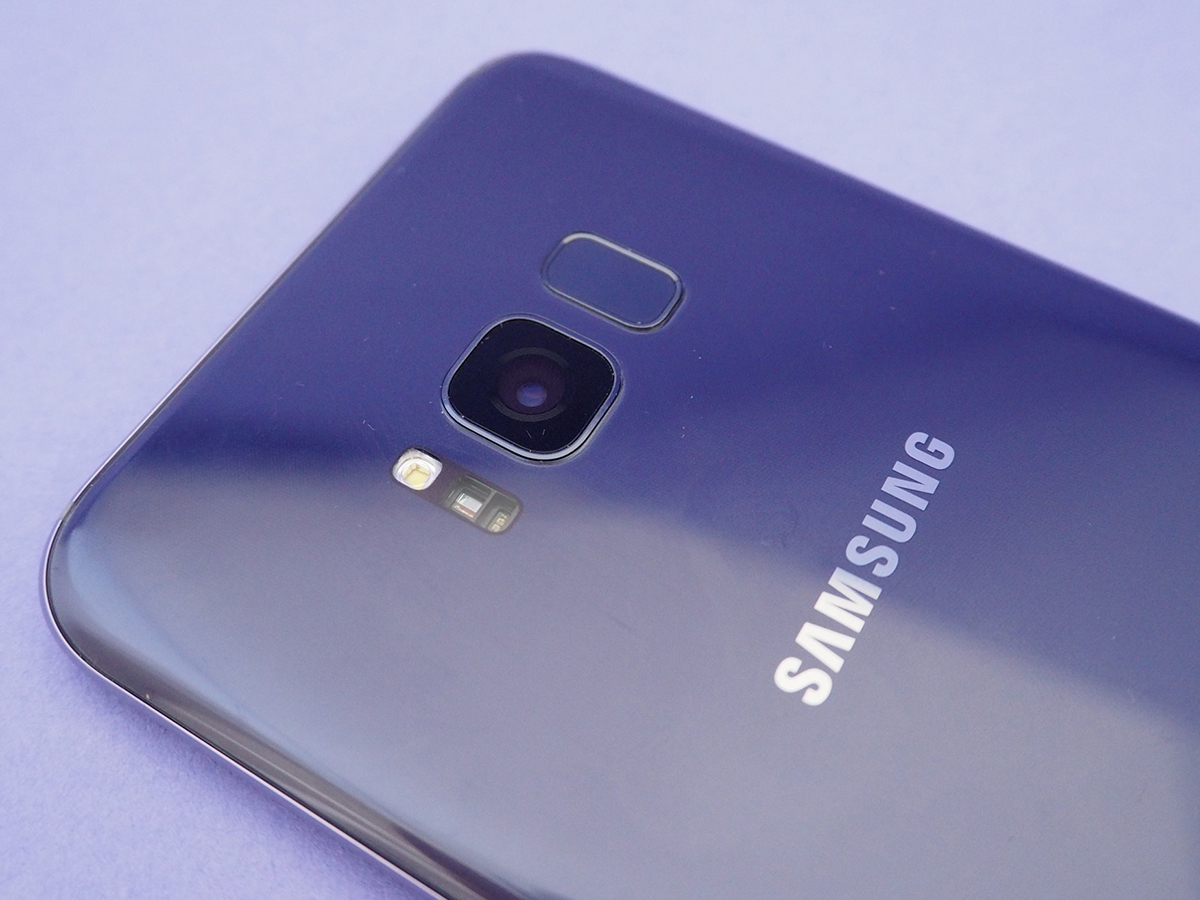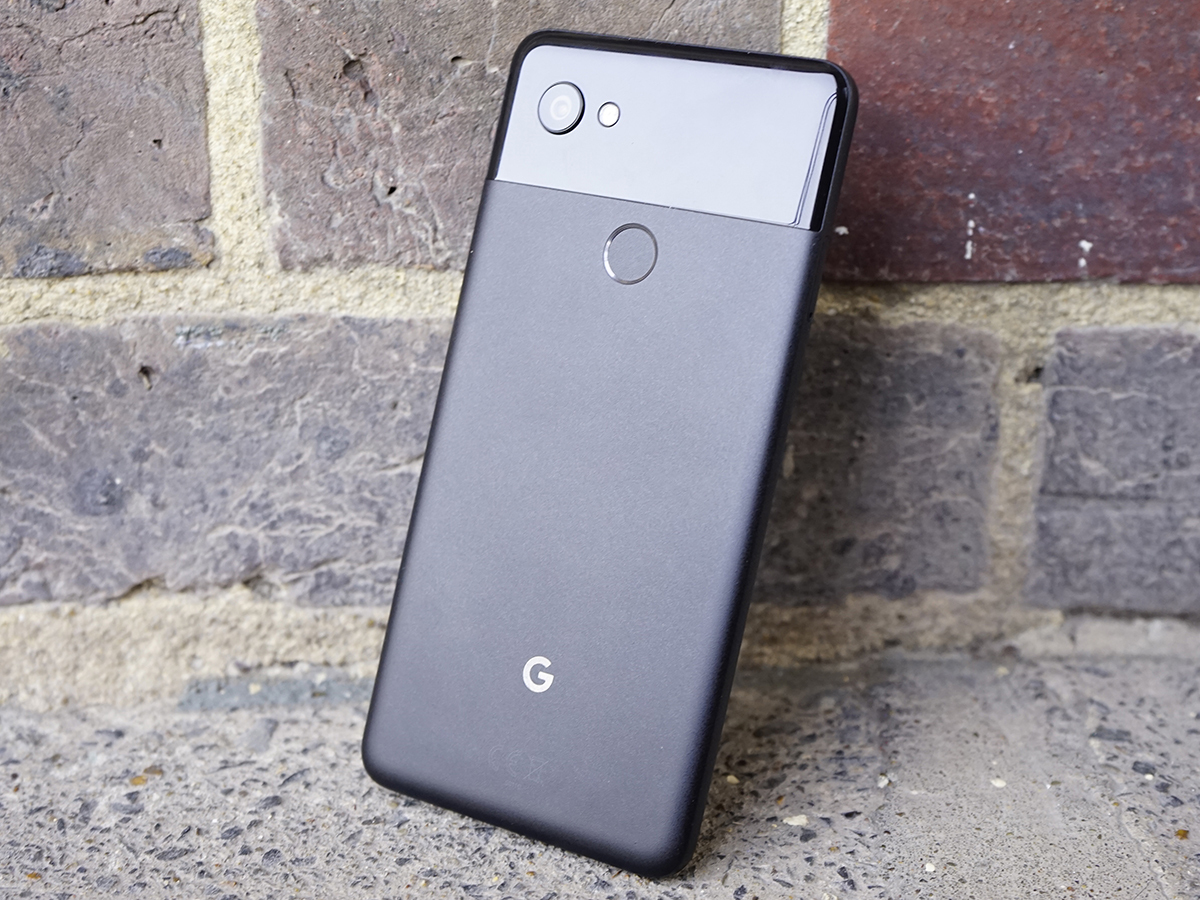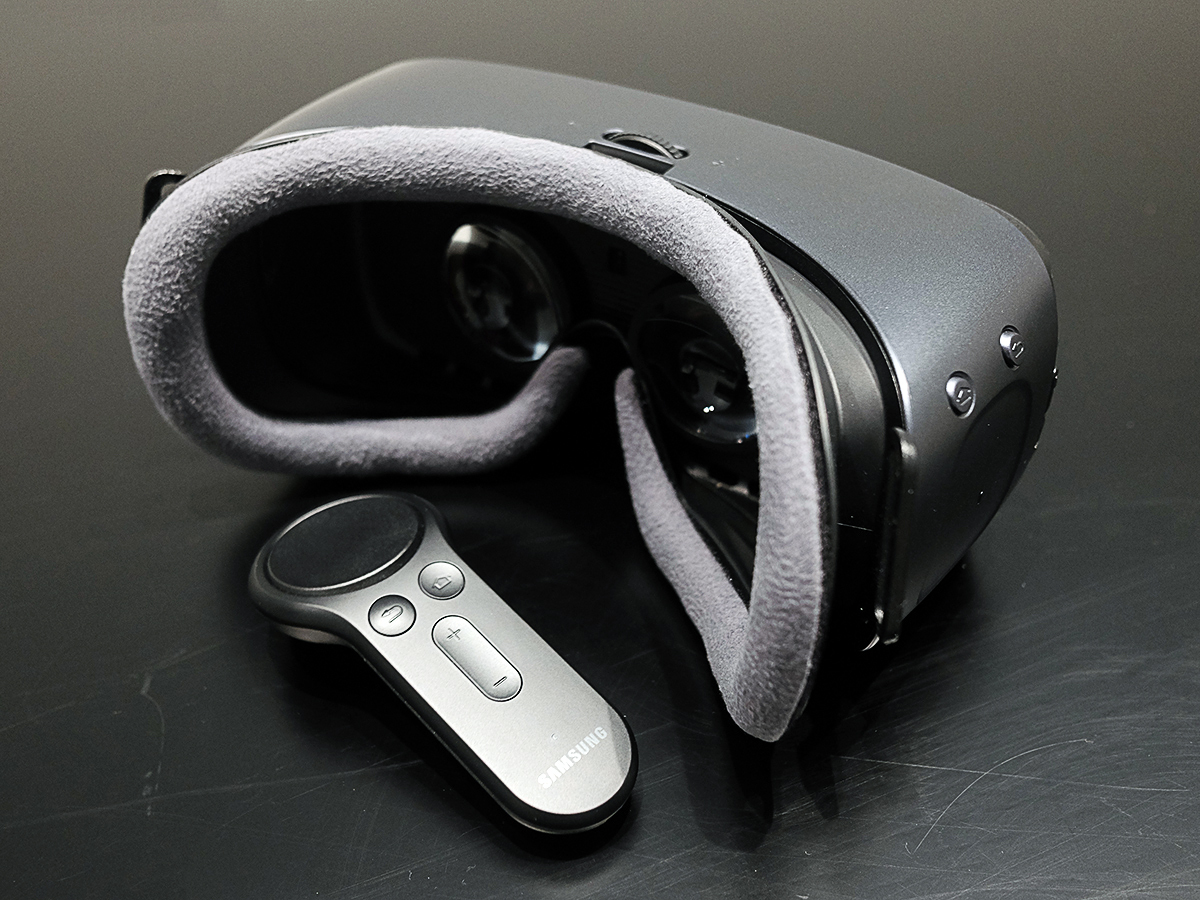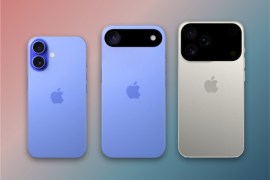Google Pixel 2 XL vs Samsung Galaxy S8 Plus: Which is best?
Android's super-sized heavyweights enter the ring
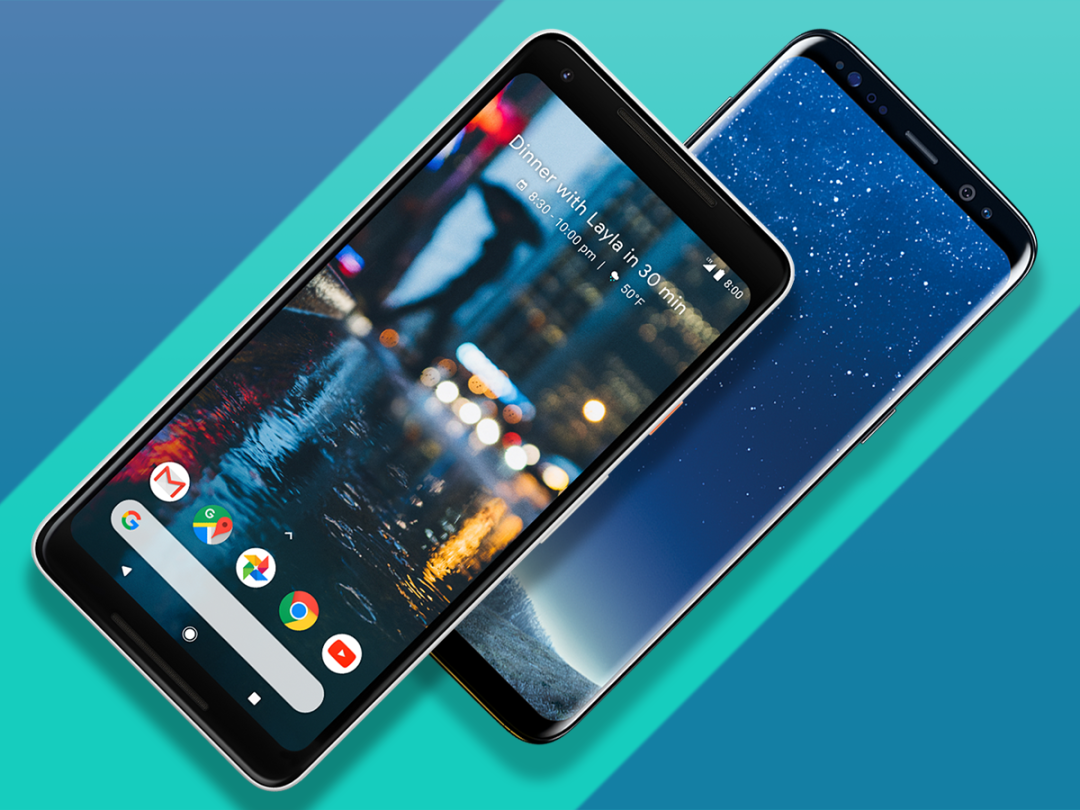
Last year’s Pixel showed Google’s vision for the future of Android, but it wasn’t quite on par with Android’s then-current top-end flagships – namely Samsung’s Galaxy S7.
And then the Galaxy S8 widened the gap even further this spring. But this autumn offers another opportunity for Google to assert itself in the hardware space, and the Pixel 2 XL brings dramatic improvements to last year’s model. The standard Pixel 2 might be more of the same, for the most part, but the Pixel 2 XL is a true standout.
But is it brilliant enough handset to take down the Galaxy S8 Plus, the current king of phablets? Now that we’ve reviewed both handsets, here’s our verdict.
Design: Similar, but not identical
Both phones follow the same core philosophy: they’re nearly all screen on the front with no buttons to speak of, as both have fingerprint sensors on the back. And those screens are taller than average, so they really dazzle with their minimal bezel footprints.
But the Galaxy S8 Plus has a couple edges. We really dig the way the top and bottom bezel curve into the display, and there’s very little bezel along the sides. And the Pixel 2 XL just has a hair too much bezel on both the sides and top, like Google missed the memo about emphasizing the screen as much as possible. It’s still nice, but the Galaxy S8 Plus looks much sleeker.
On the rear side, the Pixel 2 XL’s two-tone look with the glass cutout looks a lot cooler than before, although the all-glass backing of the Galaxy S8 Plus is likewise luxurious. We’re split on that side, but overall, Samsung packs in more wow factor for sure.
Winner: Samsung Galaxy S8 Plus
Screen: Small differences
You can’t really go wrong with either screen here. Both are Quad HD OLED displays that are big, bright, and absolutely beautiful. The Galaxy S8 Plus packs in a 6.2in display at an 18.5:9 aspect ratio (2960×1440), while the Pixel 2 XL comes in at 6in at 18:9 (2880:1440).
What’s the difference? Well, the Pixel 2 XL’s pOLED panel has some very, very slight deficiencies compared to Samsung’s Super AMOLED display. Google’s polarising filter makes things look a bit muted on the home screen, and there’s some discolouration when you tilt the phone at sharp angles, while the adaptive brightness makes big leaps instead of subtle shifts.
Overall, both are stunners the vast majority of the time, with wider colour gamut and impressive black levels – but the Pixel XL 2’s screen falters here and there. It’s enough to give Samsung the slightest of nods.
Winner: Samsung Galaxy S8 Plus
Also Read › Google Pixel 2 XL review
Camera: Sharp shooters
Last year, the Pixel’s defining feature was an absolutely brilliant back camera that stole the mantle away from all competitors. And the Pixel 2 seemingly does it again.
We haven’t gone deep into a head-to-head test just yet, but based on our review testing and our own eyes, we’d say the Pixel 2 XL takes the top prize here. The single 12-megapixel camera (f/1.8) delivers dazzling shots in all kinds of lighting, thanks to its phase-detect and laser-assisted autofocus.
Also helpful: Google’s masterful processing algorithms, which stitch together multiple shots on the fly every time you hit the shutter button. You won’t even notice that it’s happening, but you will notice how consistently awesome the results are. And the dynamic range is increased from last year’s Pixel. It really is pretty astounding.
We think it has a leg up on the Galaxy S8 Plus, but not nearly enough to bury Samsung at all. They’re still very close, and both can provide outstanding shots. The Galaxy’s single 12MP back camera (f/1.7) with optical image stabilisation and dual-pixel autofocus likewise takes multiple shots and crams together the best parts for one fab final photo, and the results are consistently lifelike and fantastic.
Ultimately, though, we put the Galaxy S8 Plus on par with the original Pixel’s camera, and now the Pixel 2 XL is better. So there you have it.
Winner: Google Pixel 2 XL
Performance: Pretty much even
We can’t really pick a winner here, because these phones are nearly identical on the inside. Samsung uses its own Exynos 8895 chip in the UK and some other territories, but opts for the essentially-equal Qualcomm Snapdragon 835 in some parts of the world.
And the Pixel 2 XL? Yeah, it’s also the Snapdragon 835 inside, and both phones pack 4GB RAM. Both are super speedy in everyday usage, as well, with the Pixel running stock Android 8.0 Oreo and the S8 Plus still on Nougat with Samsung’s pretty pleasing skin atop. It’ll eventually get Oreo, but even right now, neither phone is a slouch in any way whatsoever.
Winner: Draw
Also Read › Samsung Galaxy S8 Plus review
Battery and Perks: The Galaxy edge
Both phones go big on battery life, thankfully: you’ll find 3,500mAh in the Galaxy S8 Plus and 3,520mAh in the Pixel 2 XL, and they’re totally comparable on uptime. We usually wound up with about a third of the battery life at nighttime, even with heavy use.
The Galaxy S8 Plus has the unique advantage of wireless charging capabilities, however, which the Pixel 2 XL lacks.
And Samsung gets the edge on storage, too. It has 64GB within but then lets you slot in cheap microSD cards for expandable storage. Meanwhile, the Pixel 2 XL is offered in 64GB and 128GB models, but there’s no room to build upon your starting stash.
Both handsets have a VR solution, too: Gear VR for the Galaxy S8 Plus and Daydream for the Pixel 2 XL. They’re pretty comparable in quality, unsurprisingly, but the Gear VR has a lot more games and apps that are actually worth logging time in, plus it’s the more comfortable and immersive headset of the two.
Google’s phone has a unique Active Edge feature that lets you squeeze in the sides to access the Google Assistant – which is handy, but very limited. We didn’t find it particularly critical in our own usage.
Meanwhile, Samsung has its DeX Station dock, which lets you use the Galaxy S8 Plus as the brains of a desktop PC-like experience via an external monitor, a keyboard, and mouse. That’s a super-niche need, but it’s there if you want it – and want to pay extra for it.
Considering the storage benefits and better VR, we think Samsung’s got it here.
Winner: Samsung Galaxy S8 Plus
Verdict: Plus, please
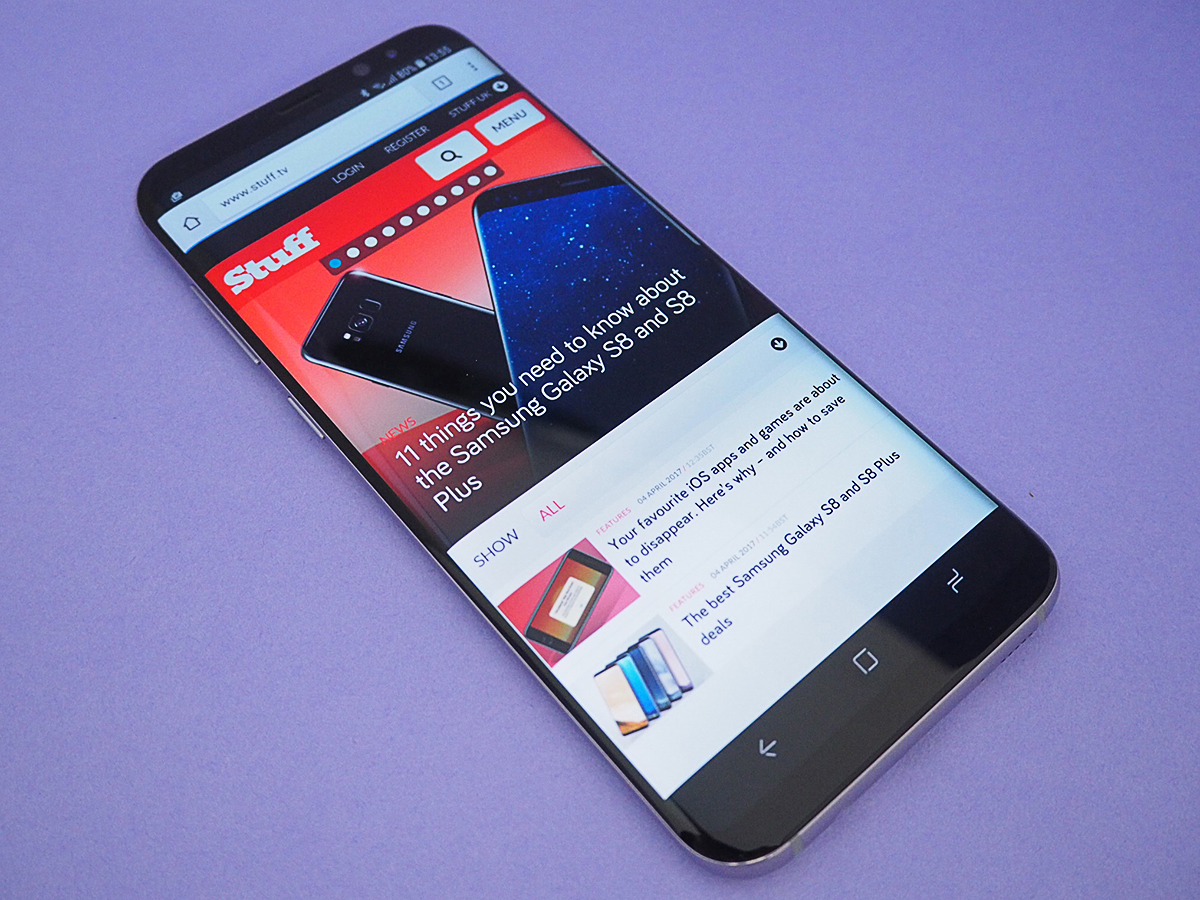
You’re looking at the two absolute best Android phones available today, and honestly, you can’t go wrong either way. They’re functionally similar, look and act about the same in a lot of ways, and both are packed with top-of-the-line tech. And their differences are pretty minor, overall.
But they exist, and they’ll probably help sway you towards one phone over the other. And we think it should be the Galaxy S8 Plus. Even several months after its debut, Samsung’s phone has the more stylish build, the slightly better screen, and an advantage on storage. They’re pretty equal on power and battery life, meanwhile, but the Pixel 2 XL takes the edge with its camera.
Overall, though, we see more advantages with the Galaxy S8 Plus. And here’s another huge one: price. Samsung’s phone started at £20 less than Google’s, at £779 compared to £799 (for the 64GB Pixel 2 XL), but given how long it’s been on the market, you can find the Galaxy S8 Plus for as low as £620 these days.
Handy perks, sleeker design, and a £180 savings? Seems like an easy call for Samsung when you put it like that.
Winner: Samsung Galaxy S8 Plus
READ MORE › The 10 best smartphones in the world right now
